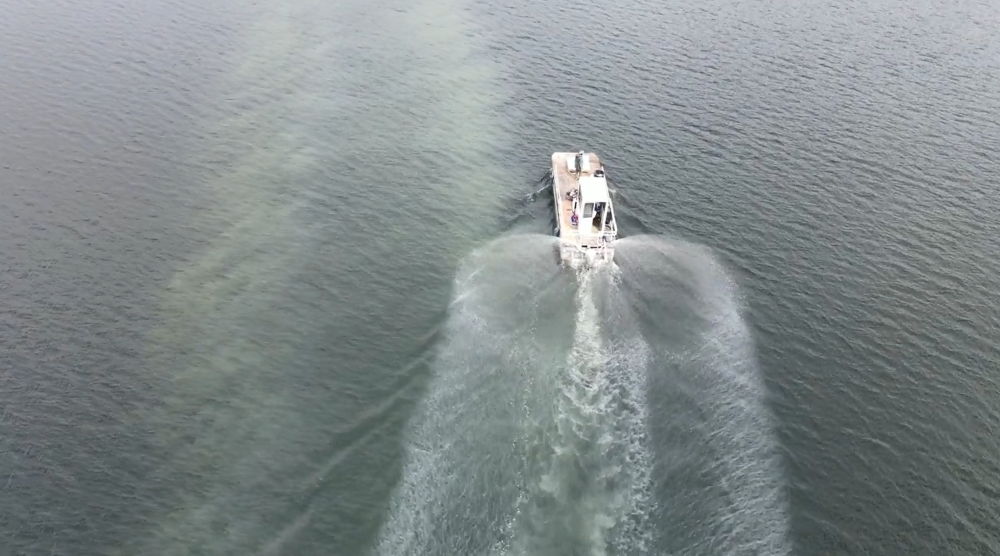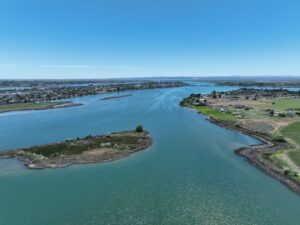
Kitsap Lake is a 256 acre waterbody in the Puget Sound Region and for the past number of years has been plagued with Harmful Algae Blooms (HAB). HAB presence in a lake can be a threat to wildlife, pets and human health. These forms of algae can produce both acute and chronic toxins. The acute toxins like microcystin and anatoxin a are dangerous and fast acting. There are a number of pet deaths attributed to animals drinking from an impacted lake each year. There are also compounds that are known to cause ALS and other longer term diseases produced by these algae species. Recently researchers at the University of Florida documented microcystin toxins airborne 10 miles downwind of an infested lake under light breeze conditions.
The City of Bremerton hired our team to develop a phosphorus management plan in 2019. The data collected showed that the use of phosphorus sequestering technologies could help mitigate HAB blooms in the lake
Lanthanum modified bentonite (LMB) was selected as the approach to help mitigate HAB blooms. Our company brought this technology into the United States in 2010 for a project in Southern California. LMB, when applied to a lake, will capture free reactive phosphorus in the water column and create a mineral that will never be biologically available again. These applications can also cap lake sediments and prevent release from the sediments.
Our team performed two applications to Kitsap Lake in 2020, a water column stripping application was made in June and a second application was performed to capture phosphorus that had been accumulating in the hypolimnion in August.
The lake experienced 14 foot or better secchi disc readings all summer. In 2021, additional sampling and LMB work will be performed to catch additional phosphorus introductions.
For more information on our phosphorus sequestration projects please visit project stories on our web site. Laguna Niguel Lake – Aquatechnex and Lake Lorene – Aquatechnex



